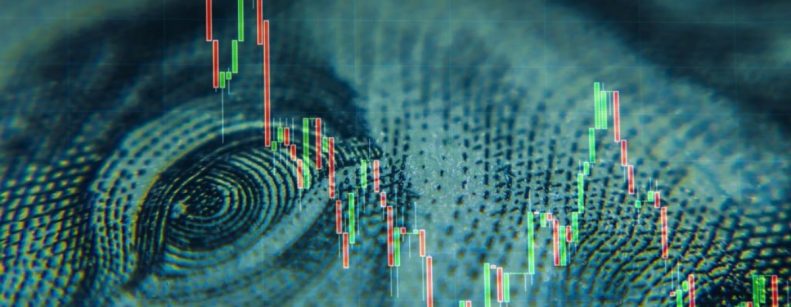
During the week, the Central Bank published the minutes of the June June Monetary Policy Meetingin which, it should be recalled, the Central Bank raised the TPM by 75 basis points to 9.0%.to 9.0%. The following day, the IPoMwas published the following day, so much of the strategy and scenarios considered at that meeting are already known, but it was still interesting to learn about more tactical aspects of the decision..
In this line, beyond the macroeconomic analysis macroeconomic analysis analysis, emphasis was placed on something that we commented on in last week's column: the role of the Central Bank's credibility and reputationnot only to be able to control current inflation, but also not to modify structural conditions, mainly microeconomic ones, that allow keeping future inflation under control. future inflation under control.. Coherent with that, he openly communicates that the contemporary hikes are a response to supply shocksThe report also states that the current increases are a response to supply shocks, which are not typically reacted to, but which would be more persistent than usual, affecting inflationary inertia.. Our impression is that these movements are mostly aimed at affecting expectations.
In addition, and avoiding the surprises of the two previous meetings (one under and one on the market), the Board opted not to surprise agents, which is quite informative with respect to the future upward cycle.This is quite informative with respect to the future hiking cycle. Taking into account that the other option was to increase by 100 bp, which is discarded because of the need to move to a neutral bias that could be counterproductive, it seems to us that a 50 bp increase would remain and then move to a pause. Of course there is always the option of moving to the margin, but in orders of magnitude.In our baseline scenario, the TPM would reach around 9.5% and would only adjust in the face of strong evidence that the persistence of supply shocks is dissipating. However, we feel it is important to note that, while this could mean lowering it a little later than the activity data would suggest, it could also mean lowering it very aggressively, it could also mean lowering it very aggressively when the time comes..
One question we have been asked lately is whether the depreciation that our currency has shown might require further adjustments of the adjustments than the ones mentioned so far.. Although nothing can be ruled out, I think it is unlikely, for two reasons: the first is that an important part (not all, of course) of the (not all, of course) of the peso's depreciation has been caused by a strong global dollar. Chile's floating exchange rate scheme reserves the possibility of intervening in the market. reserves the possibility of intervening in the market when there are evident mismatches between the quotation and what the fundamentals suggest, which, according to the vice-president of the BoardThis would not be happening, or at least not in magnitudes which, in his assessment, would justify an intervention. And, secondly, exactly thatsecondly, in the event of a major mismatch, or a problem of flows or liquidity in the dollar market, the Central Bank would be able to intervene in the market. Central Bank would prefer to intervene rather than try to defend the currency with monetary policy. If you ask me, the peso seems too oversold and current levels should not be permanent. But I am not ruling anything out.
For now, then, let's wait for the end of a cycle. Of course, of the upswing..